If you’ve been paying attention to apparel trends, you’ve likely noticed that a lot of fashionable brands are offering gender-neutral pieces. A high-profile example is Nike, which only created one set of “Medal Ceremony” apparel for Olympic athletes, rather than one for male athletes and one for female athletes.
On a smaller scale, gender-neutral apparel offers something like a “one-size-fits-all” experience. The concept within promo started as just that, and has evolved from simply creating a shirt that fit on every body type, evolving it to be something that appealed to a wide range of people and enabled for easier logistics from the distributor standpoint.
A win-win.
“What happened originally was a lot of promo companies wanted to do a shirt for a corporation,” says Glen Brumer, sales director at Royal Apparel, Hauppauge, New York.
What they found, Brumer says, is that it would be easier to manage just one T-shirt style — based on men’s fits — that anybody could wear.
“From a branding standpoint — the space that we all live in — it is incredibly difficult to get a great women’s collection because every woman and body is looking for something different,” says Milissa Gibson, sales director at Irwindale, California-based Lane Seven Apparel. “So, it’s much easier to lean into this unisex trend to give you a more uniform fit; it reduces your risk quite
a bit.”
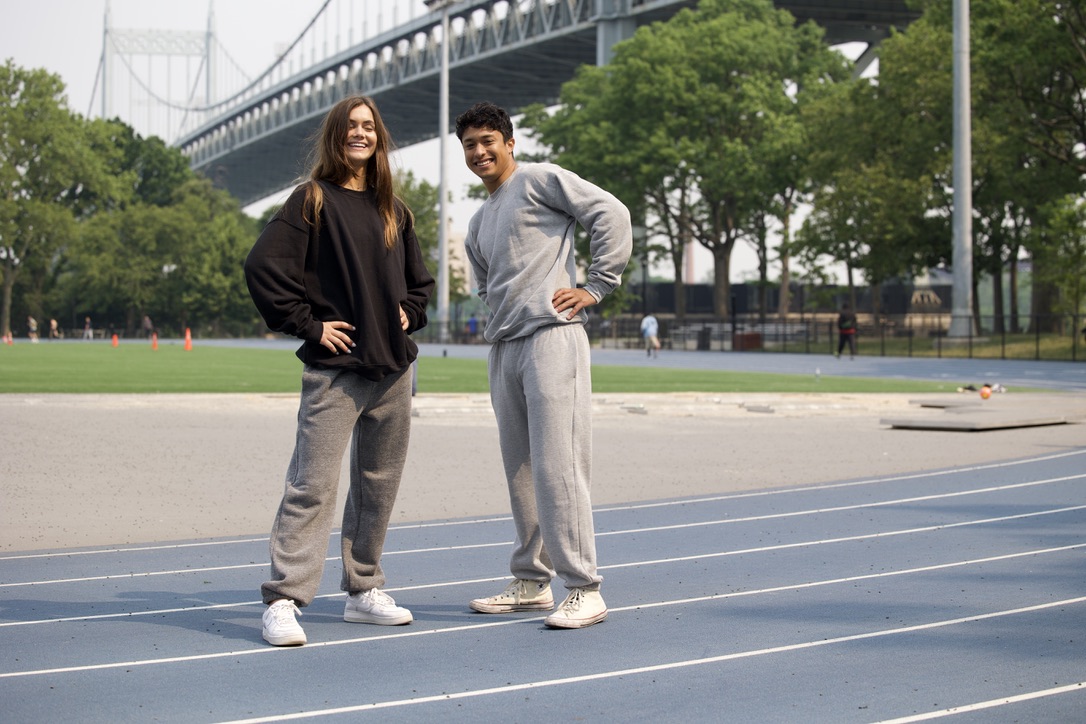
Sweatshirt and Lounge Sweatpant from Royal Apparel
On the end-consumer side of things, the demand for gender-neutral clothing is mostly driven by comfort.
“It became a fashion trend over the years,” Brumer says. “Right now, with the gender-neutral, we’re seeing the consumer wanting looser fits.”
Looser fits being in style allowed for designers to maybe move away from what they perceived as the stereotypical female fits, where shirts were cut in different ways. In the social media age, people have complained about the lack of clothing for women without the “curvy” T-shirt cuts. More gender-neutral apparel, with simpler and more basic cuts like the ones designed for men, accomplishes that.
Gibson says she saw the appetite for relaxed fits really kick off about seven or eight years ago, coinciding with growth in the athleisure market.
Who’s Looking for Gender-Neutral Apparel?
With Generation Z aging into real market-influencing buyer power, in addition to the millennials, apparel trends and demand are changing. Brumer says that Gen Z and millennials, who grew up in the internet age and are more exposed to progressive politics and movements, are especially open to the idea of gender-neutral apparel.
And gone are the days of “girls’ colors” and “boys’ colors.”
Sue Timbo, co-founder and CEO at Boulder, Colorado-based Hexa Custom, gave the example of an outfit her son wore to school recently: a cutoff tank and shorts — both in pink.
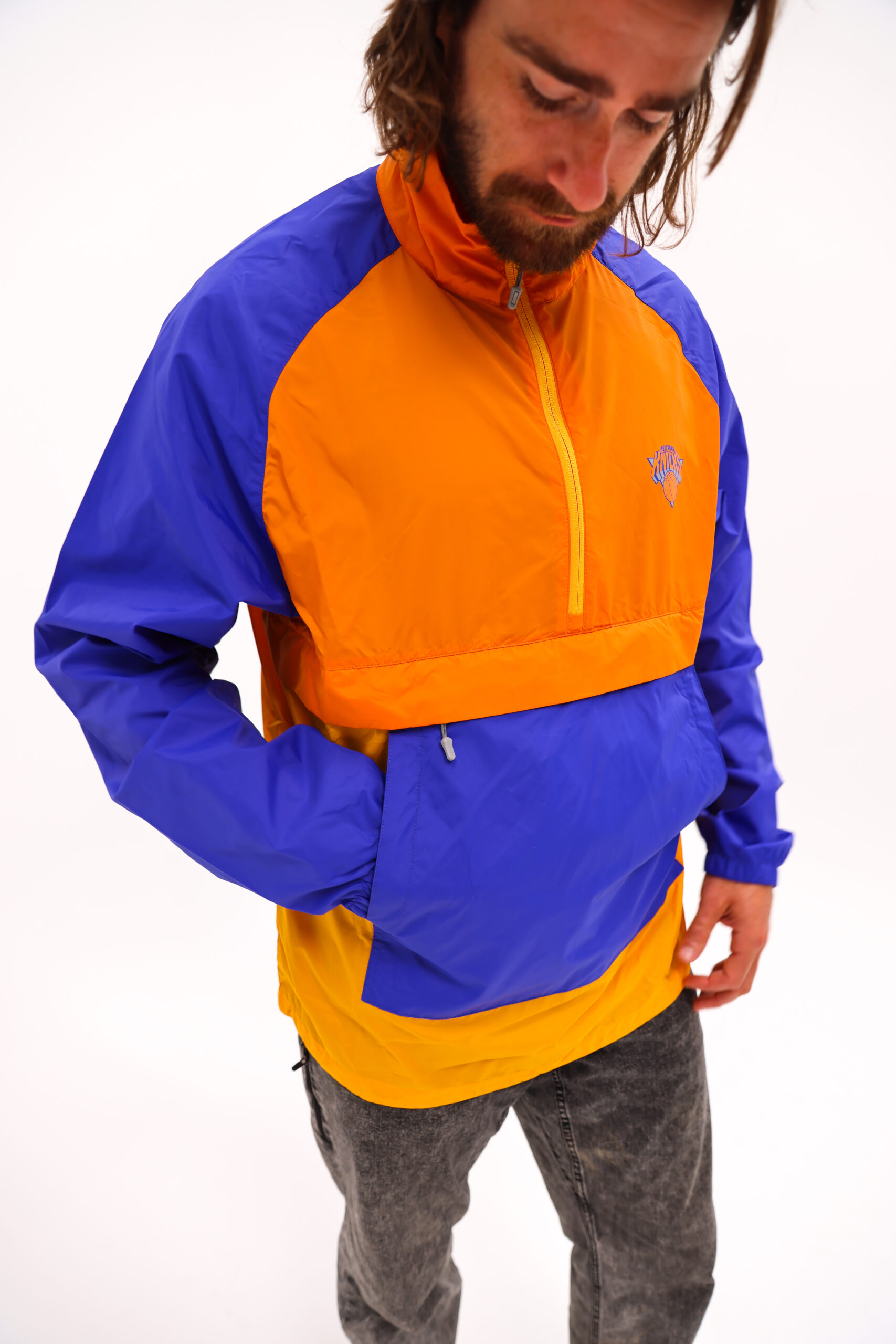
“He came down the stairs and was feeling his own vibe, and I was like, ‘I love it,’” she recalls. “It’s interesting because in years past, that might be considered, ‘Oh, you’re wearing pink, you’re dressing like a girl.’ There’s just different things that I think just don’t exist in this new generation.”
That said, choosing neutral tones can be a good way to create something for everyone. It’s not about assigning or removing gender, it’s about choosing colors that go with everything.
Some of this acceptance in younger generations may be tied to the fact that people are increasingly identifying as part of the LGBTQ+ community. According to a March 2024 report by Gallup, “each younger generation is about twice as likely as the generation that preceded it to identify as LGBTQ+.”
However, Gibson doesn’t believe that this is a significant factor in the current trend in gender-neutral apparel.
“I think it’s really neat that we’re seeing kind of the gender bending — and I love all of this, that there’s no longer the status quo,” she says. “But I do think that there’s still that reality of, like, women’s apparel just sucks in this segment. … If you’ve got a curvy lady and a girl who weighs 4lbs. soaking wet, you can’t put them in the same T-shirt unless it’s unisex fit. As much as I want it to be this forward progression of politics, I really think that brands just decided, ‘Screw this,’ and stuck with a gender-neutral fit.”
What’s Trending
As you may guess, the most popular gender-neutral clothing in the promo world is shirts. Gibson says that T-shirts and sweatshirts are big right now in athleisure wear and loungewear, but the corporate world is also adopting gender-neutral tops.
“You’re seeing a lot more corporate [workers] get out of polos and into this more casual environment with maybe an elevated T-shirt and elevated hoodie,” she says. “That’s becoming more of the norm across the board for corporate environments.”
While unisex shirts have been predominantly based on men’s styles, Timbo says she’s seeing more options in women’s cuts.
“You start even to see men wearing more cropped styles that were traditionally reserved for women,” she notes. “That’s a whole new awakening for us. We’ve redesigned some of our jackets — we have a Coaches jacket specifically that is more cropped for men. So as an apparel designer, I think that this is an incredible opportunity to support customers and inspire them to dress the way that they want to dress.”
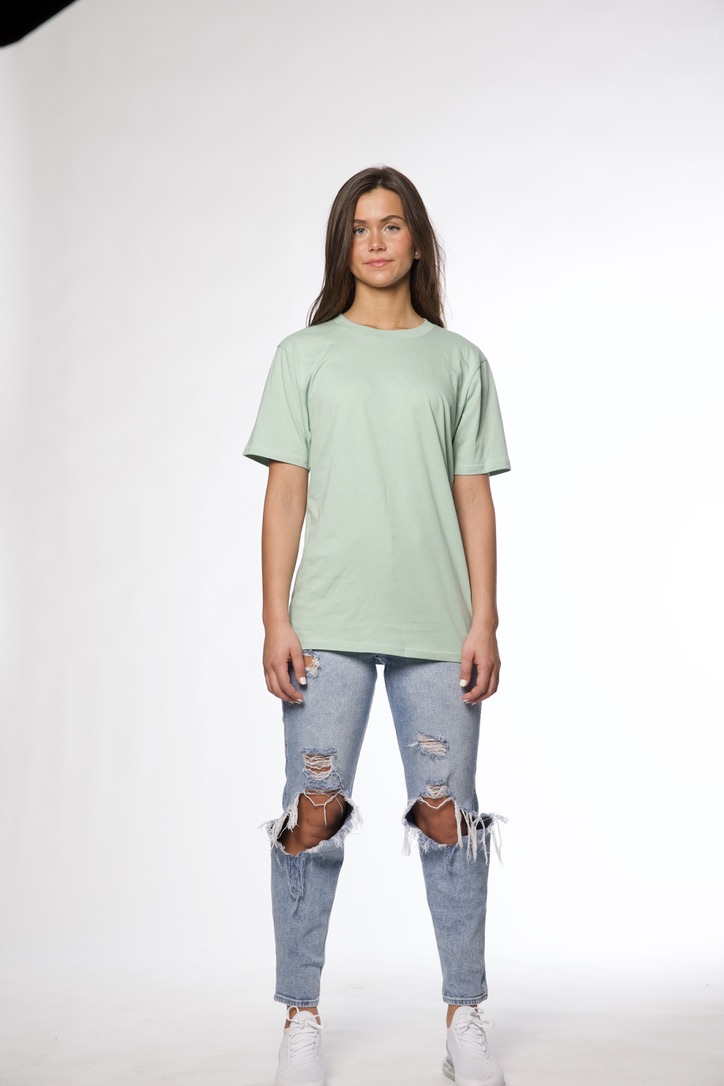
from Royal Apparel
Tops are certainly most in demand, but they are far from the only option.
In the workwear space, Whitney Robinson, strategic marketing manager for Avanel, New Jersey-based Vantage Apparel, has noticed increased demand for gender-neutral options for employees, too.
“Gender-neutral uniforms are becoming more popular than ever,” she says. “They’re perfect for promoting diversity and inclusion, especially at [diversity, equity, and inclusion] corporate events, festivals, and concerts.”
The gender neutrality trend extends to accessories, too. Timbo adds that accessories like bags have also taken off — “big time.”
“Crossbody bags, even shoulder bags, tote bags, all types of fun stuff,” she says. “Traditionally, women have always worn a lot of bags, but seeing men really see not only the functional aspect of it and enjoy the functional performance of it, but express themselves in that way too, I think is really fun to see.”
Brumer notes this has become particularly popular in places with plastic bag bans, such as New York, Colorado, and California.
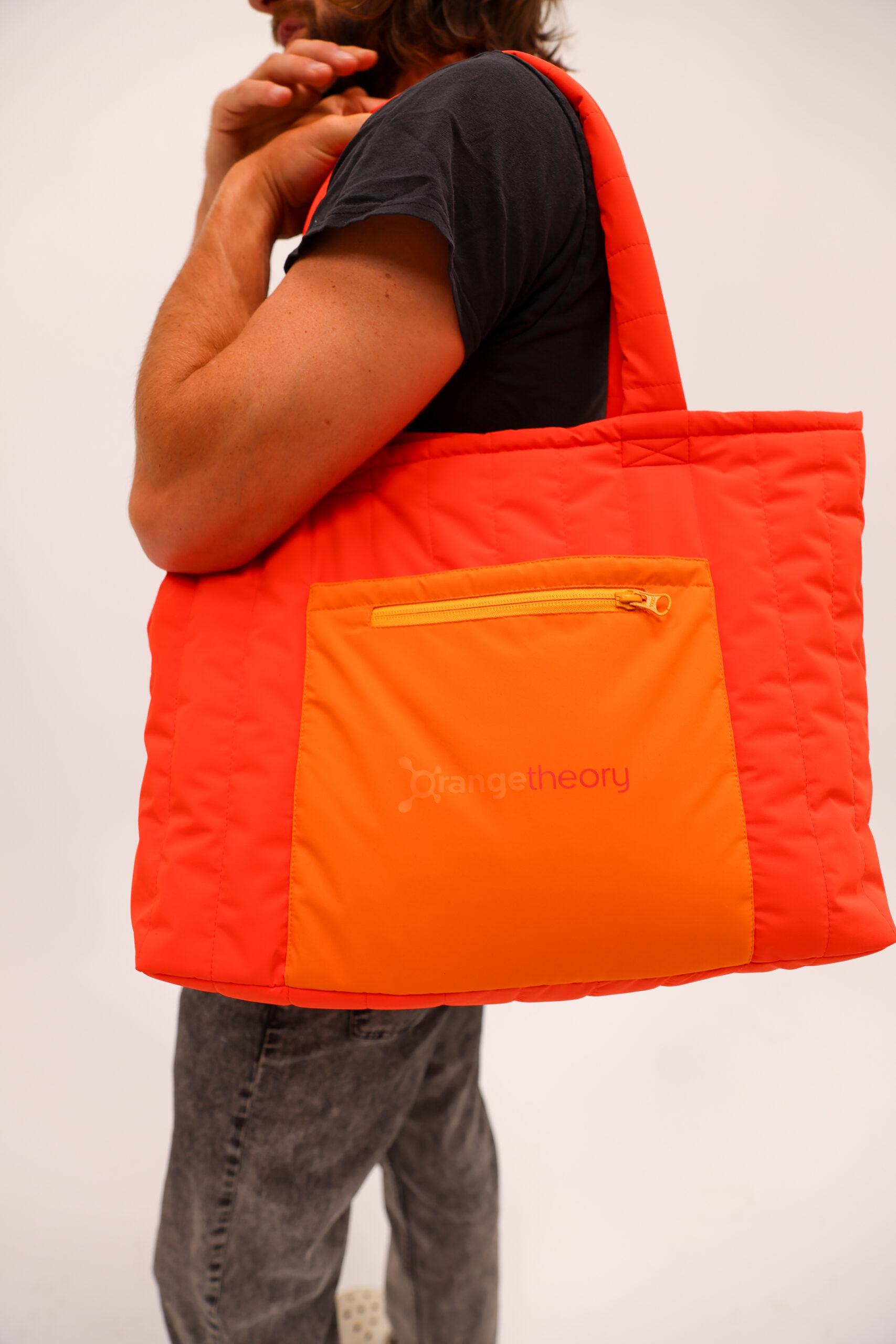
In terms of colors, most gender-neutral apparel is available in toned-down hues.
“I think a lot of the time people want to have neutral colors in general — it’s more sustainable, it’s more versatile,” Timbo says.
“Neutral colors like black and gray are always popular,” Robinson says. “But navy, royal, and red are big hits, too, because they’re common brand colors.”
On the other hand, Gibson has seen more pops of color in gender-neutral clothing, such as with Timbo’s son’s pink outfit.
“One thing that I love about the gender-neutral thing that has happened is you’re seeing a wider array of colors get into bodies that you typically wouldn’t have over the last few years,” she says. “You’re getting what are traditionally masculine colors and super feminine colors within the same body, really leading into this whole rainbow spectrum, which I think is awesome.”
Gibson adds that color has spread to graphics on gender-neutral apparel as well. Thanks to direct-to-film and other technologies, she says it’s now easier for customers to order short runs of apparel with big, colorful designs.
Robinson also noted that DTF printing is especially common on Vantage’s fleece items under its newly-acquired Redwood Classics brand. Other common decoration techniques include twill, felt, cotton rib, and tech patches.
Looking Forward
In the promotional products industry, “trending” often means there is a fairly short shelf life for the marketability of products. With gender-neutral clothing, the shelf life stretches a little longer. As Timbo alluded earlier, the generic nature of gender-neutral apparel makes these products more versatile for everyday use — a boon for the industry’s sustainability efforts.
“I think it’s important for our industry to stay on top of all these transitional phases of design because ultimately, we serve the promotional products industry, which has traditionally been the quickest way to the landfill [with] all these challenges and using toxic imprints and stuff like that,” Timbo says. “The more that we bring topics like [gender-neutral apparel] to the forefront, they all have an underlying emphasis of sustainability in producing products that are meaningful, not only to the end-consumer, but to the brand that we’re producing them for and from a marketability standpoint, [and for] the environment as well.”
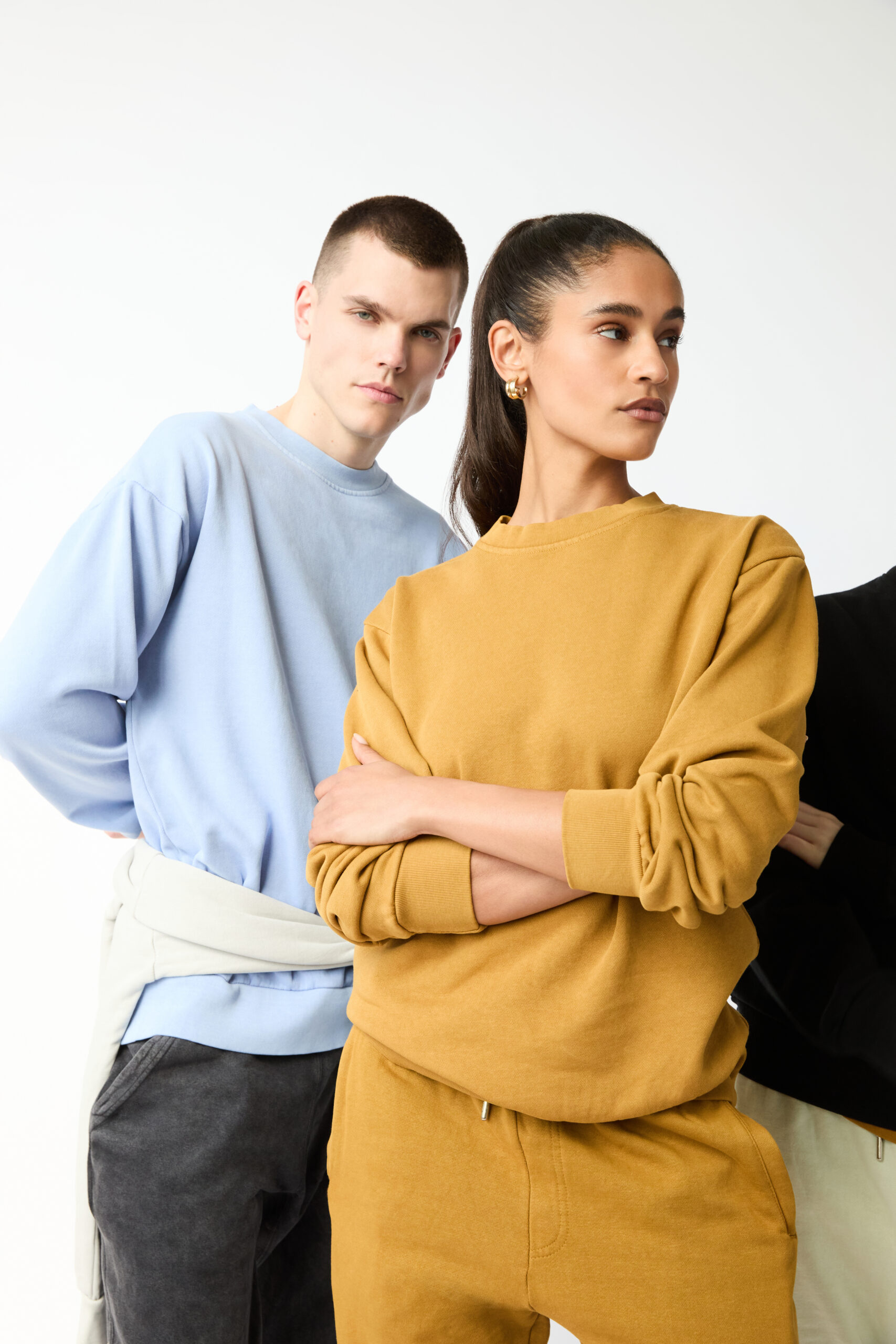
Lane Seven Apparel
Gibson sees certain gendered styles resurfacing and once again becoming trendy — for instance, early 2000s women’s silhouettes, which she predicts will come back in the next 12 to 18 months, but the catch is that they won’t be worn exclusively by women.
The point of gender-neutral apparel isn’t to just be an economical “one-size-fits-all” option, it’s to include everyone, says Robinson.
“Our vision for creating a gender-neutral collection promotes a more inclusive and equitable approach to fashion.”



